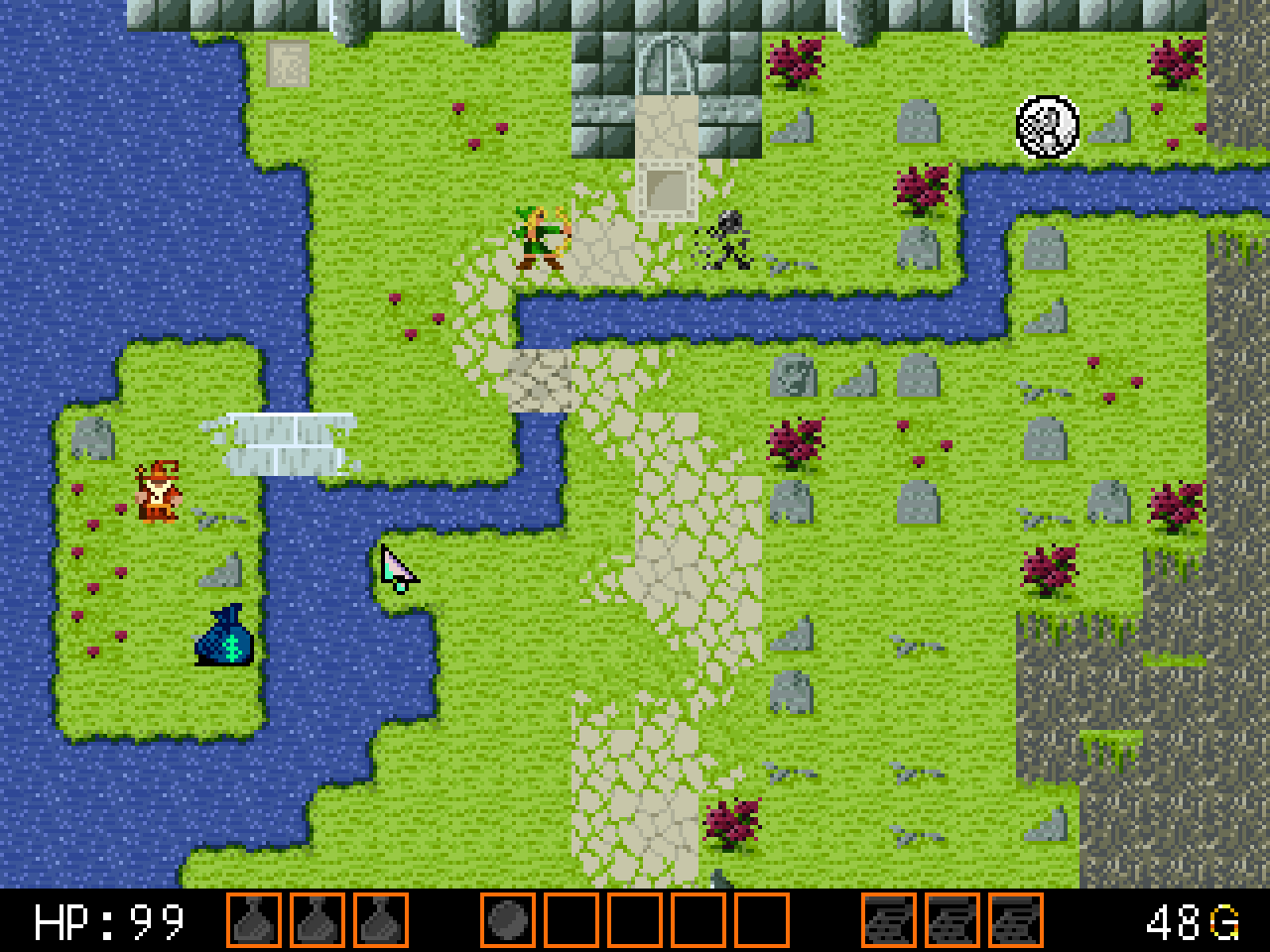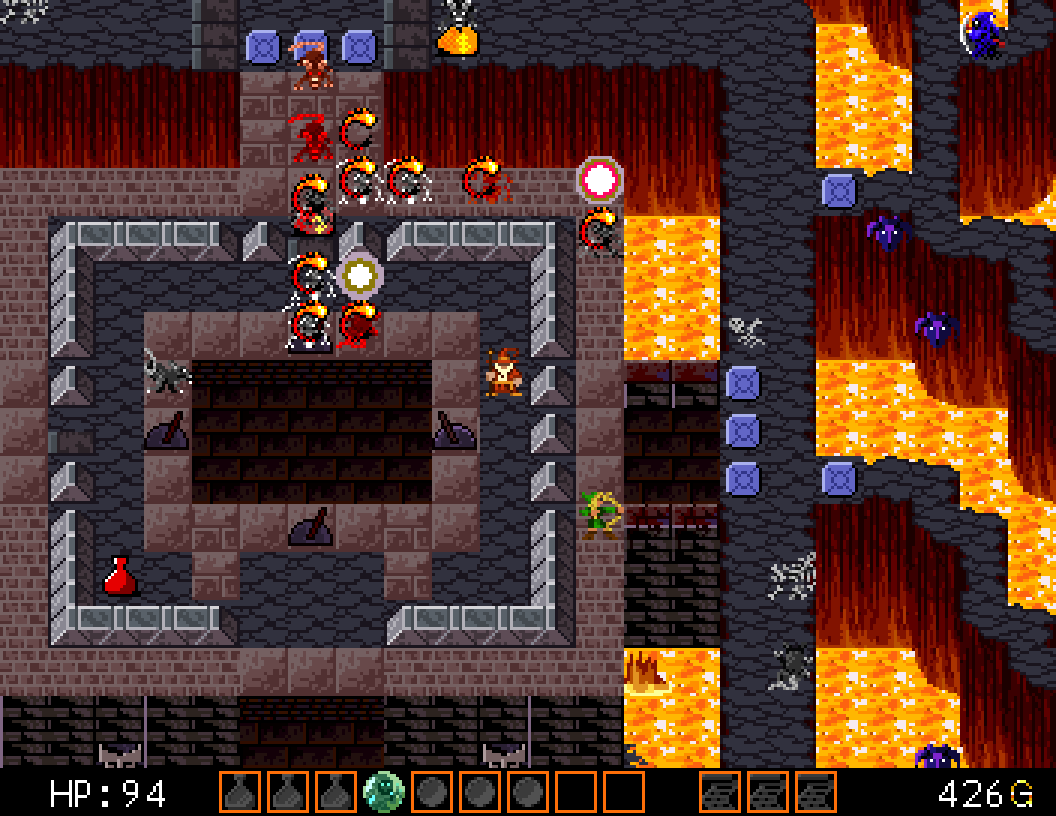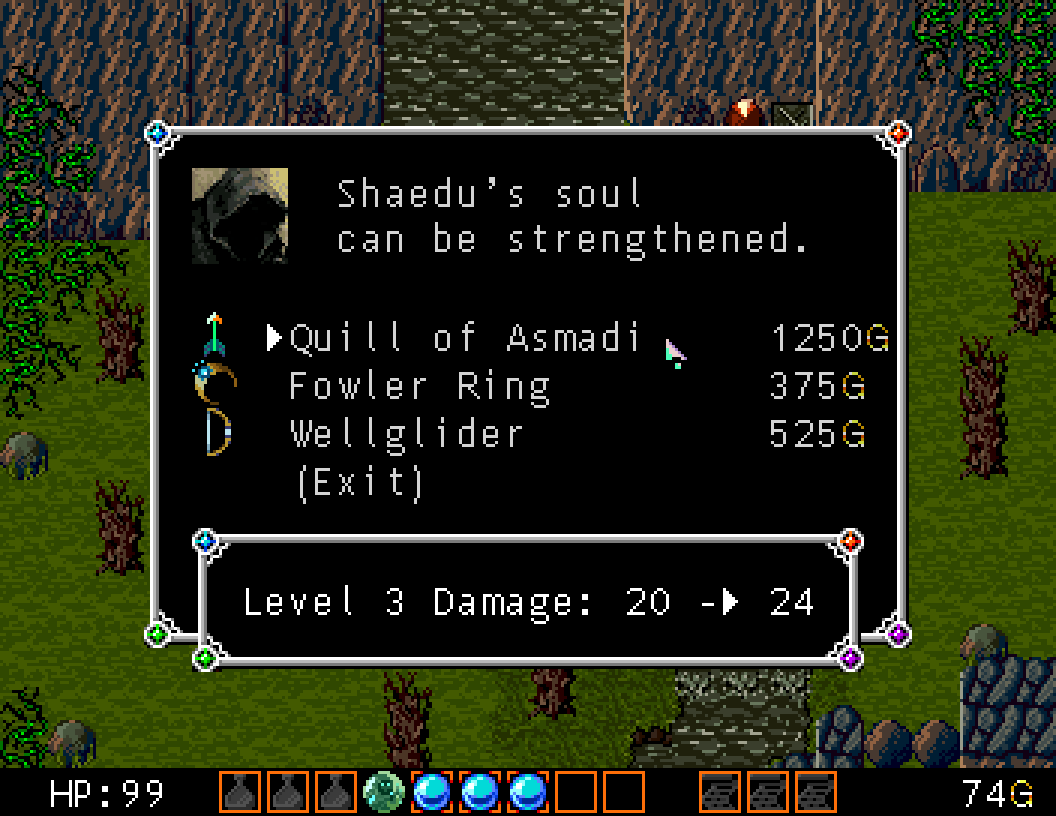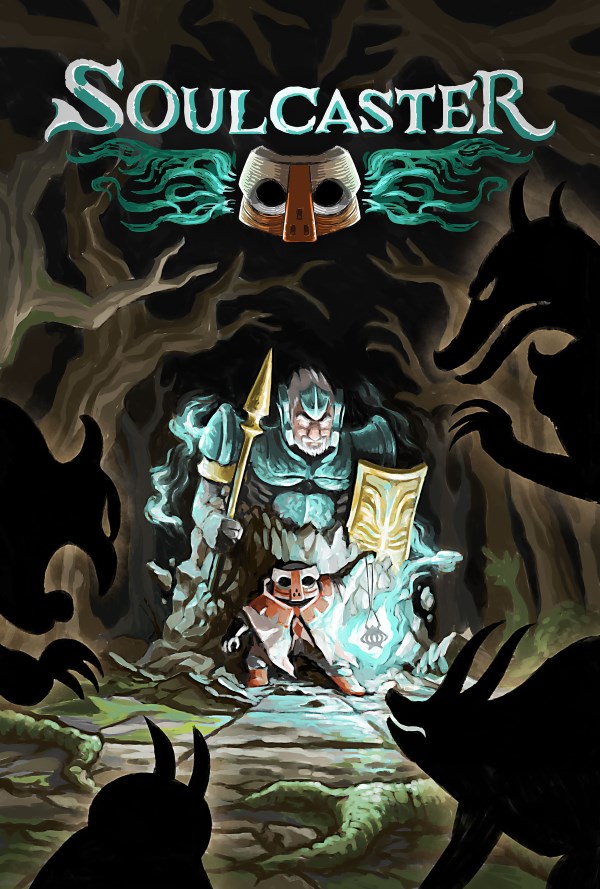Six years after their original release on Xbox Live, my first two titles have finally arrived on the Steam marketplace. Though available for PC for years, I only recently made time to Steamify them by adding trading cards, achievements, cloud saving, and full controller support. And with the help of Ethan Lee, we have a cross-platform launch of Windows, OSX, and Linux.
The first Soulcaster was strictly a hobby project. I was still full time on video game soundtracks at the time, and I just decided to learn XNA by putting in a few hours a day at the coffee shop, and build a game from scratch. It had a very lightweight design document (just a page of plain text) and evolved as I made it.
The original concept was “what if you could play Gauntlet, but as all four characters at once?” I tried a few variations on this, and the one that stuck was the concept of summoning stationary heroes to do battle for you, while enemies used pathfinding to solve mazes and reach you.
When I launched it, I told everyone I was going to ignore the star rating on Xbox Live, not pay much attention to reviews, and just be proud of having completed a game on my own (a lifelong goal of mine). Of course, I couldn’t help but watch sales, and it exceeded my wildest expectations–not that it made enough for me to retire on, but the revenue was great for a a 5-month project. And it spend several months in the top 10 rated games on XBLIG.
Not only did this game launch my career as an indie developer, it introduced me to friends I have to this day. The positive feedback I got from people whose opinions I truly respected was so encouraging that I set out to make a sequel, and eventually move full time from game soundtracks to game production.
The first two games are bundled together at the $4.99 price point. I was urged to raise the price of these games by several friends, but I decided to stick with this, as it has been the price of the bundle on PC since it was originally launched. I also wanted to sell both games together, so there wouldn’t be any question about whether to play the first or second one first (something I heard a lot with the Escape Goat series).
And you know, after running through the games a few more times in the last month to test Steam features, I have to say, these games hold up very well. I hope you enjoy them!



